Leading Business Organization Report: Leadership Strategies
VerifiedAdded on 2023/01/12
|22
|1375
|94
Report
AI Summary
This report delves into the multifaceted realm of leadership within business organizations. It begins by examining fundamental leadership theories, including the essential questions leaders must address and the key aspects of effective leadership. The report then explores various leadership styles suitable for dynamic business environments and emphasizes the importance of understanding these styles. Furthermore, it investigates how leaders contribute to executing an organization's mission and vision, analyzing the roles of individuals, leaders, and stakeholders. The report also covers applying leadership strategies to maximize organizational potential, including change leadership and the influence of business contexts. It assesses motivational theories, contemporary employee motivation, and the appreciative inquiry technique. Finally, the report discusses potential leadership styles, their strengths, challenges, and the personal development required to cultivate leadership capabilities. The conclusion underscores the significance of effective leadership in guiding employees and achieving organizational objectives.
1 out of 22
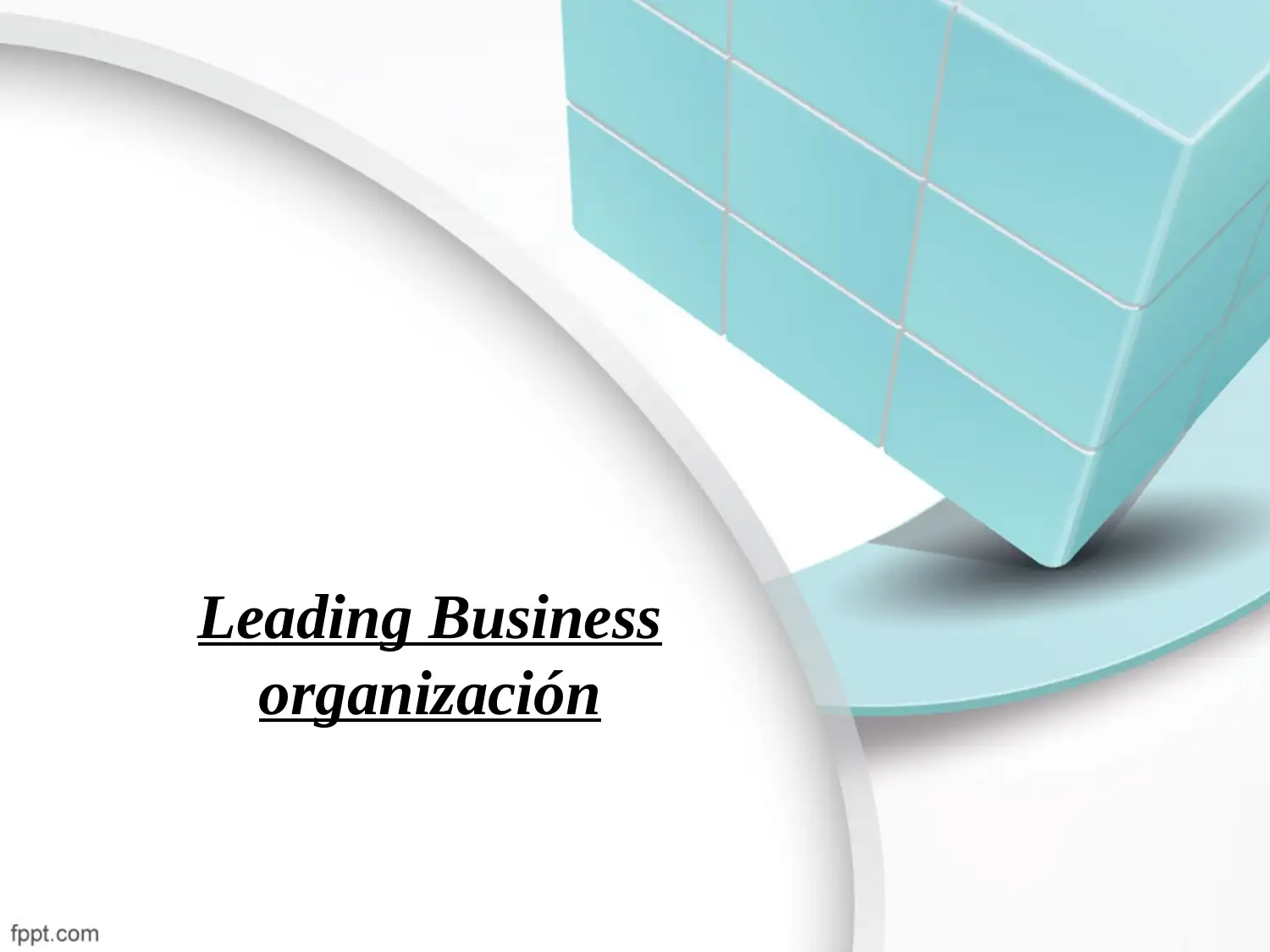

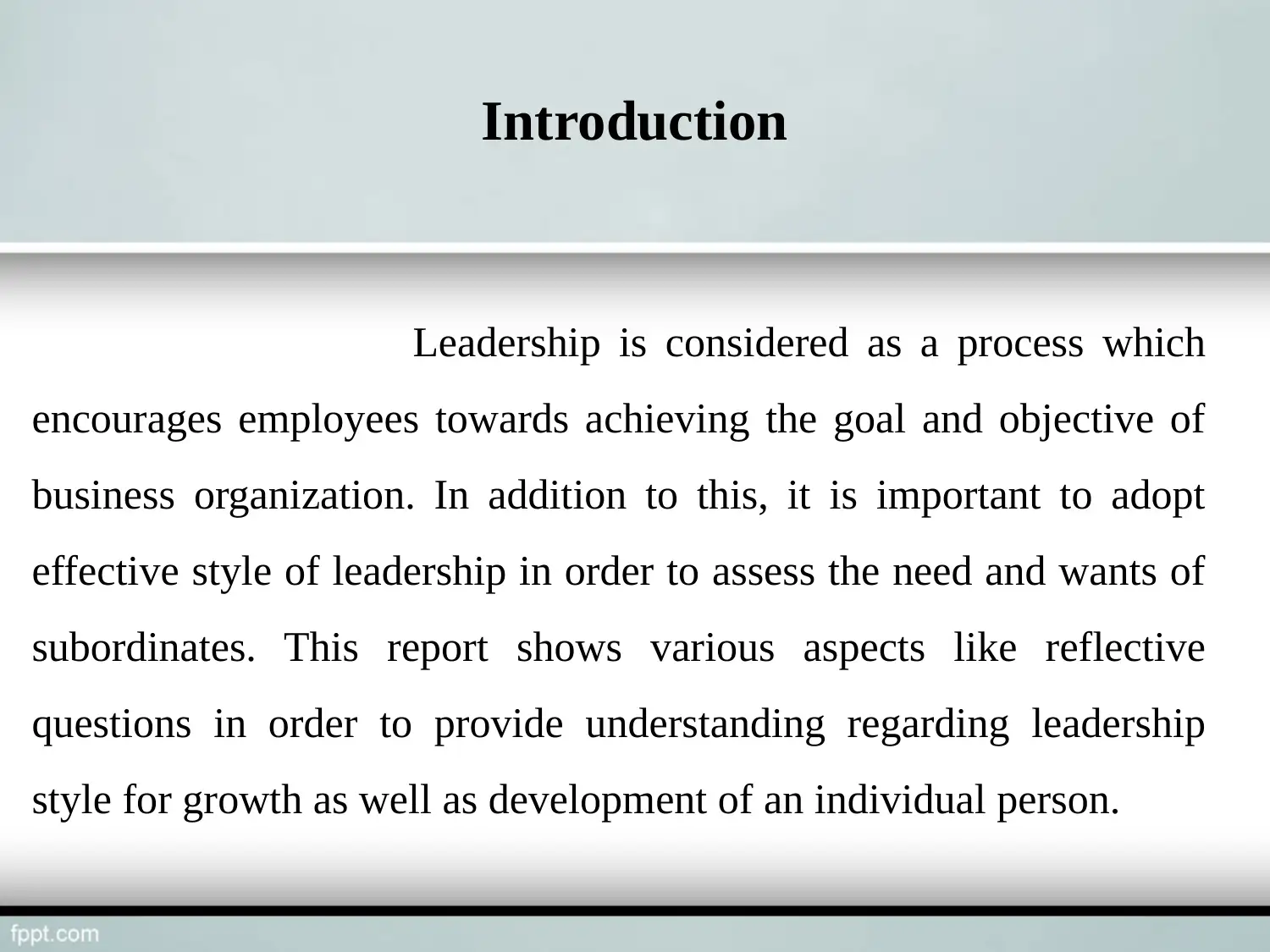

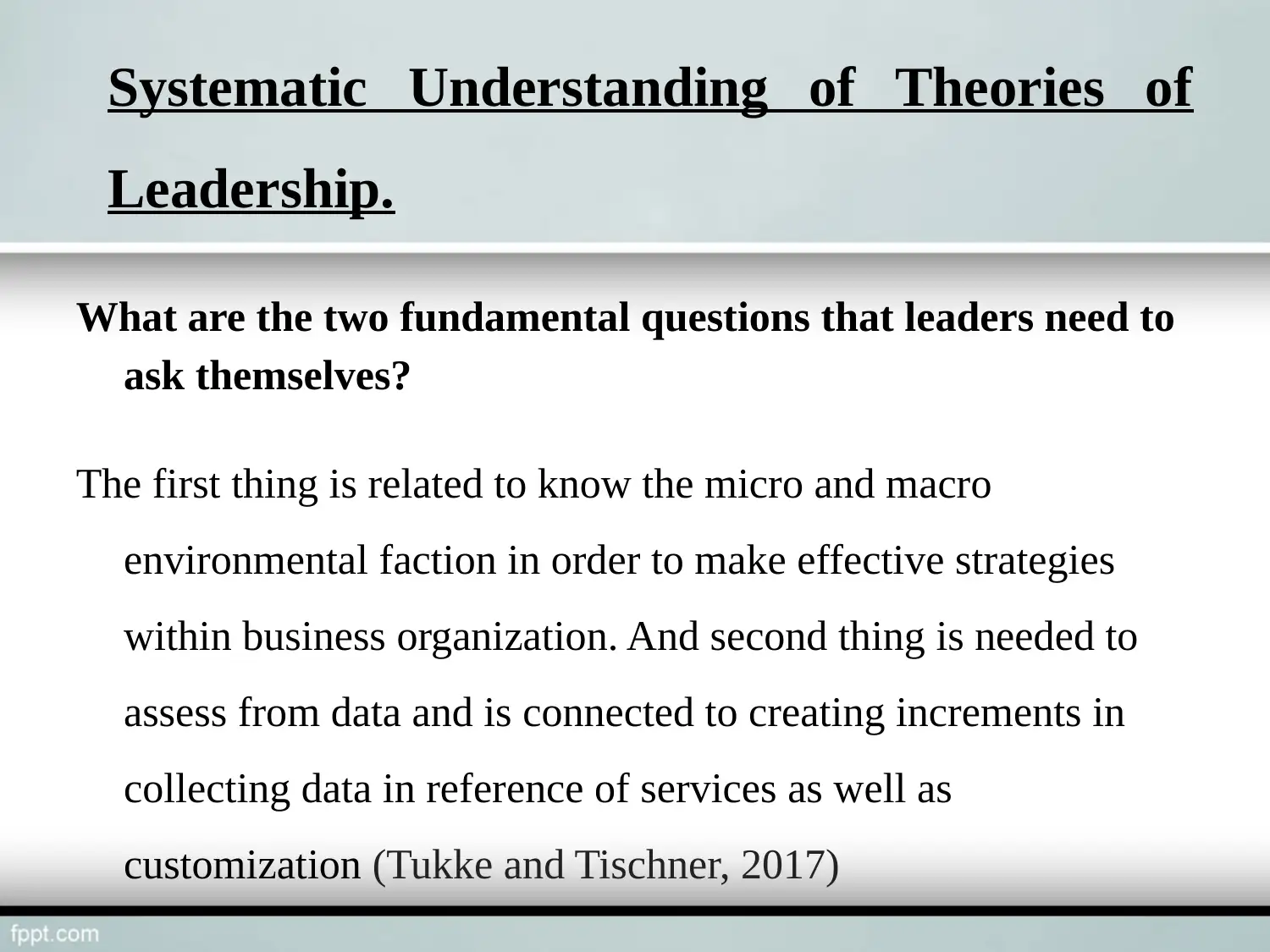

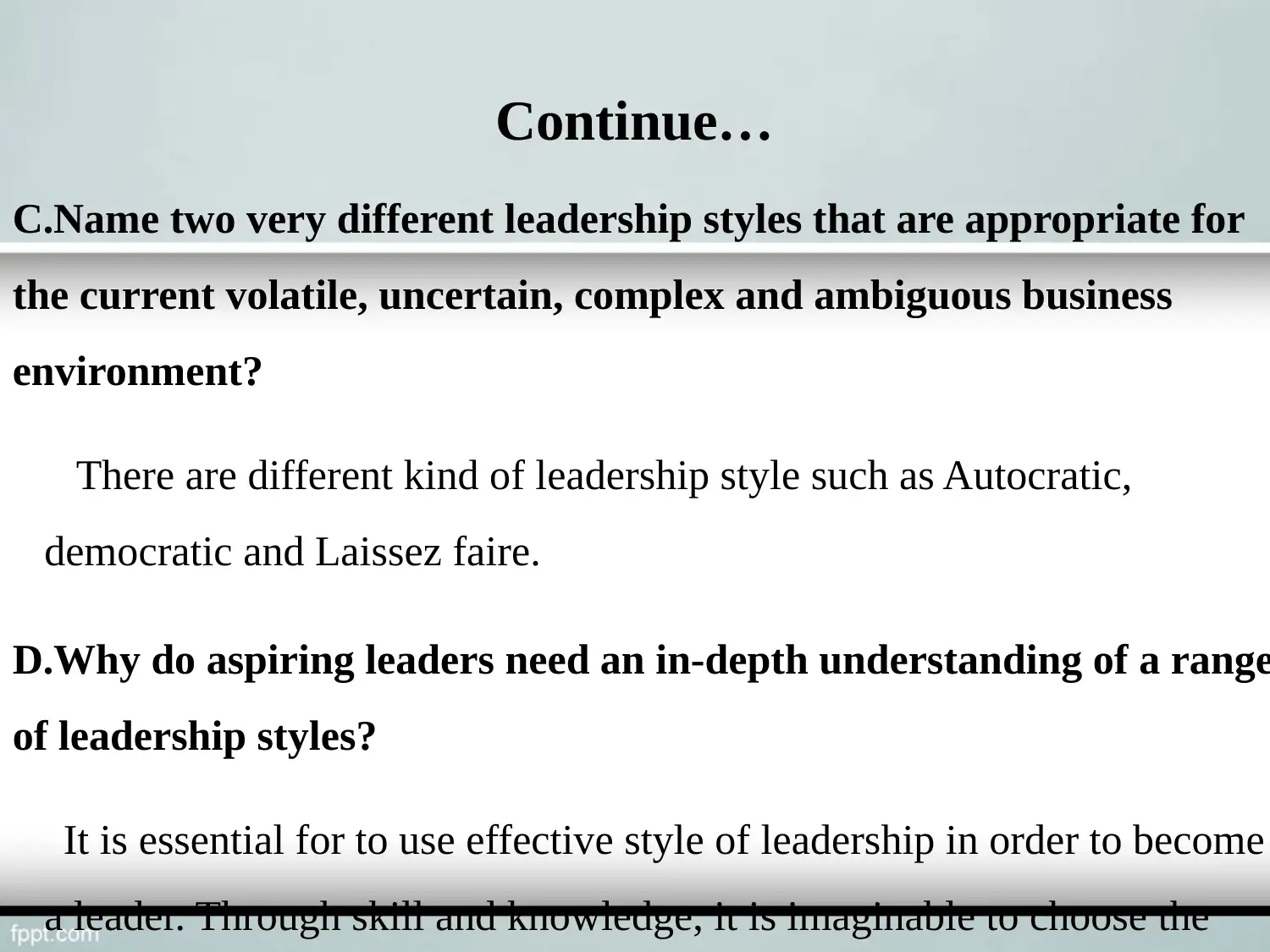
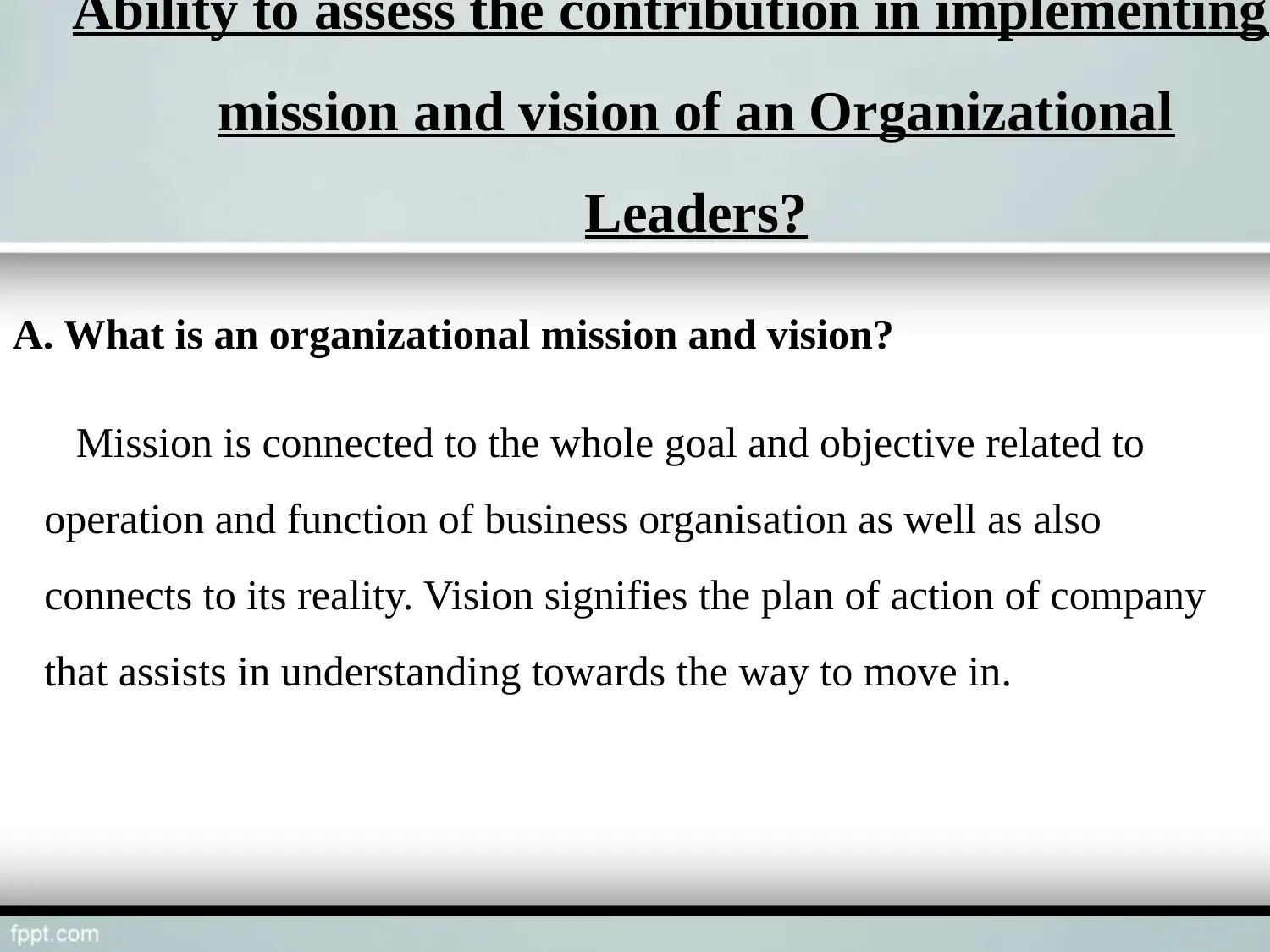
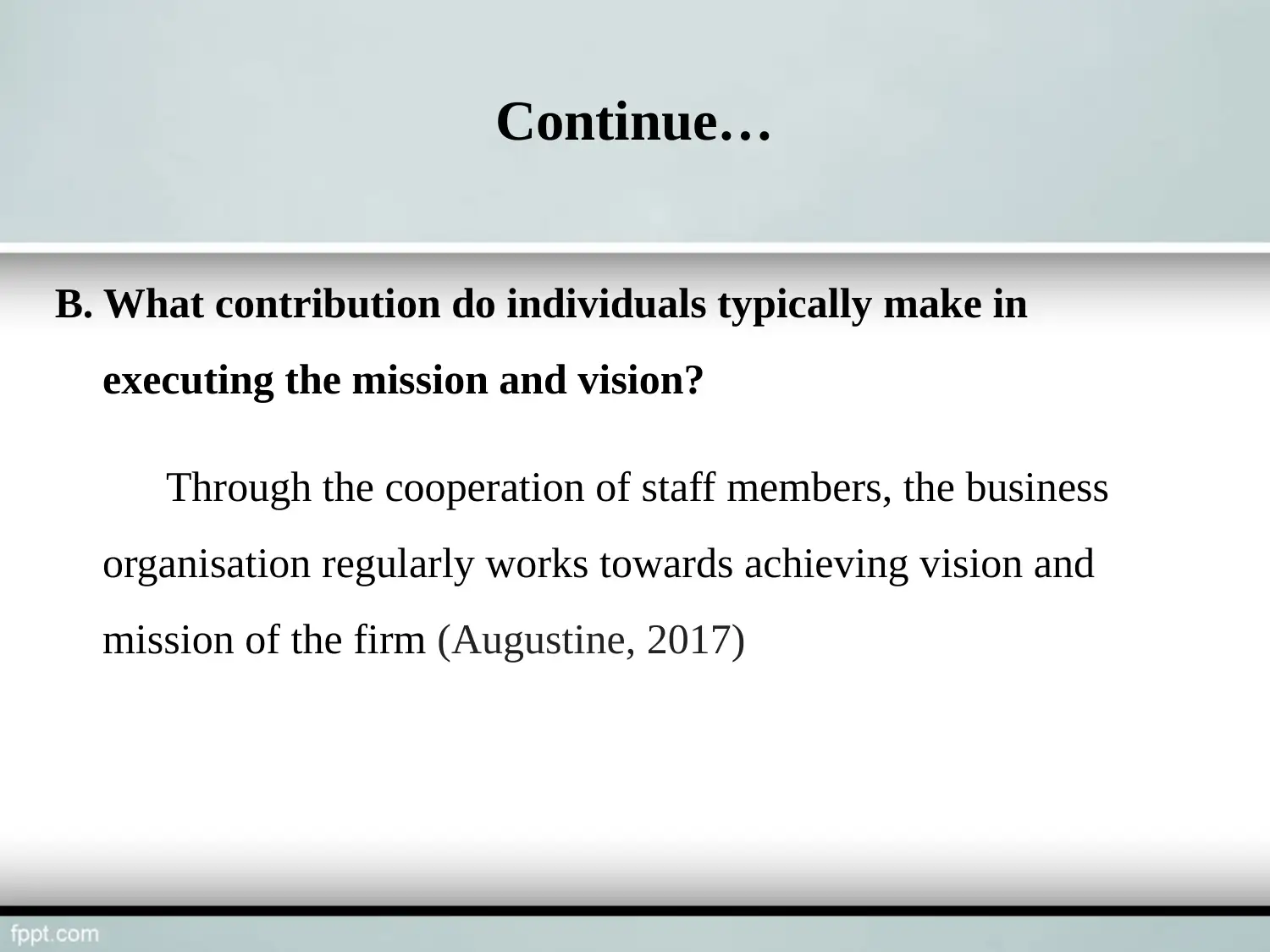
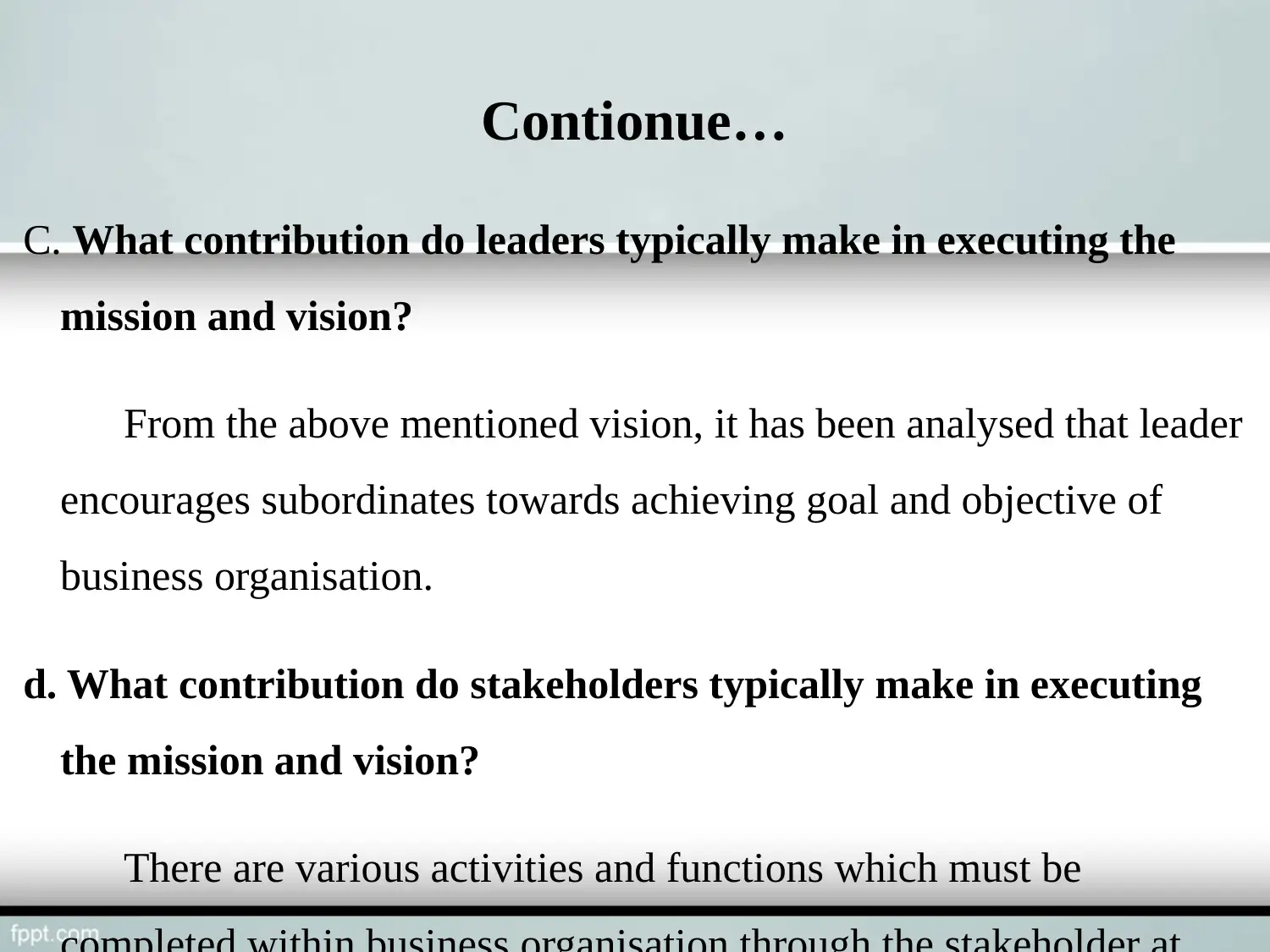
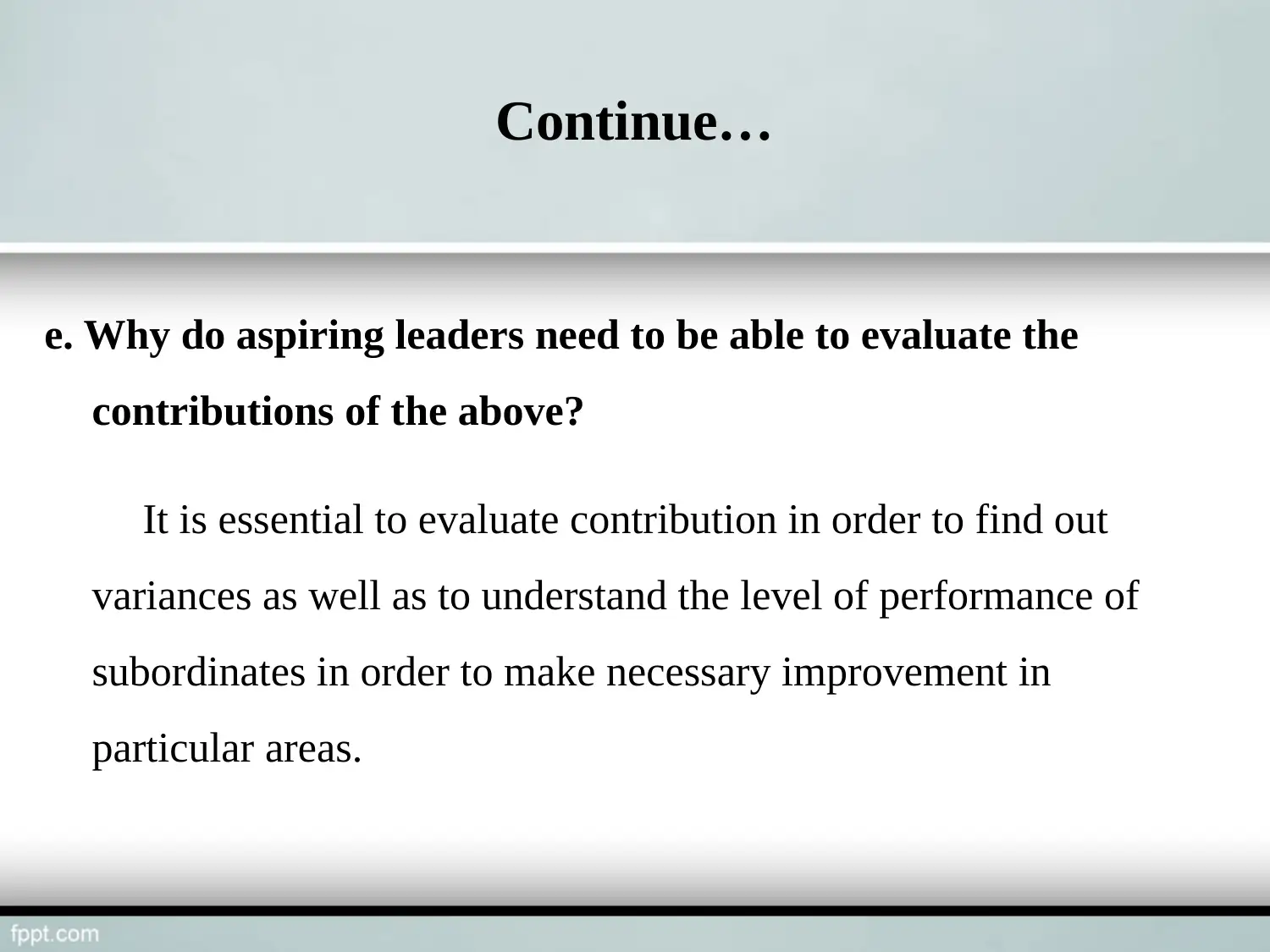
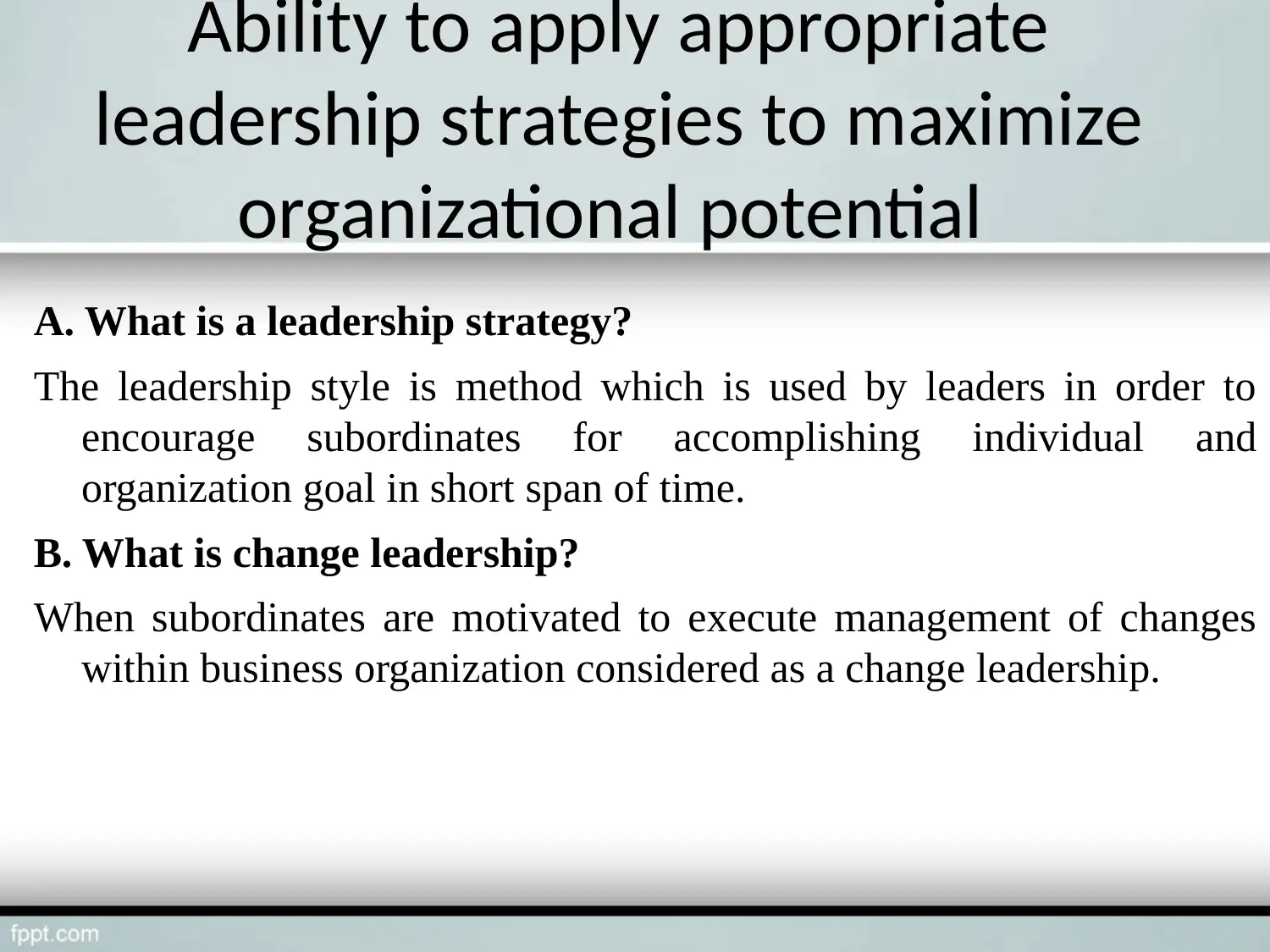
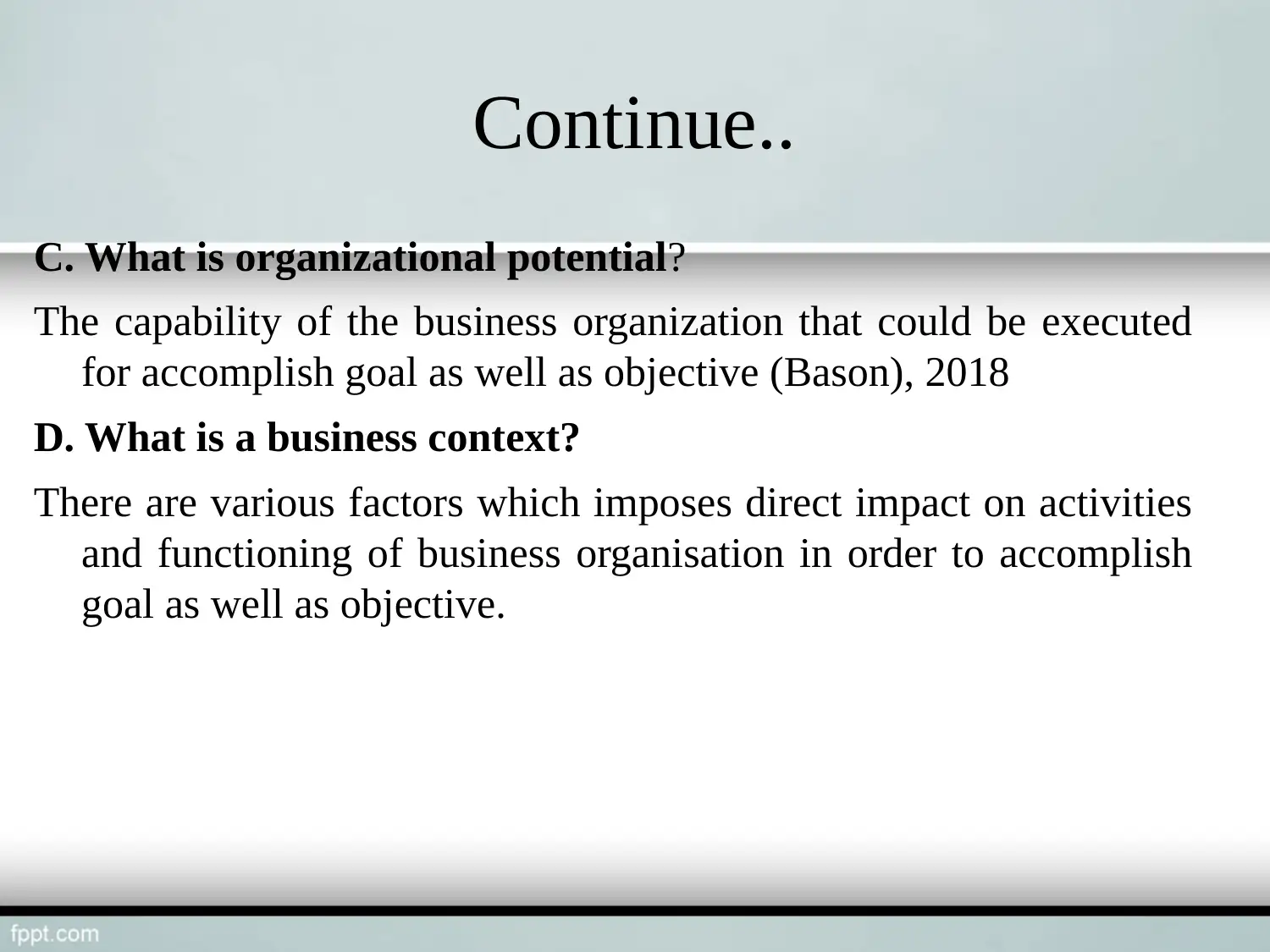






![[object Object]](/_next/static/media/star-bottom.7253800d.svg)